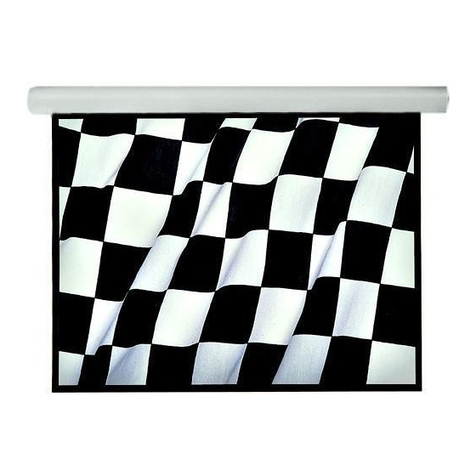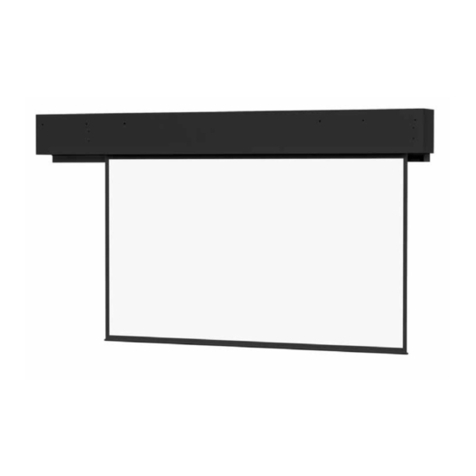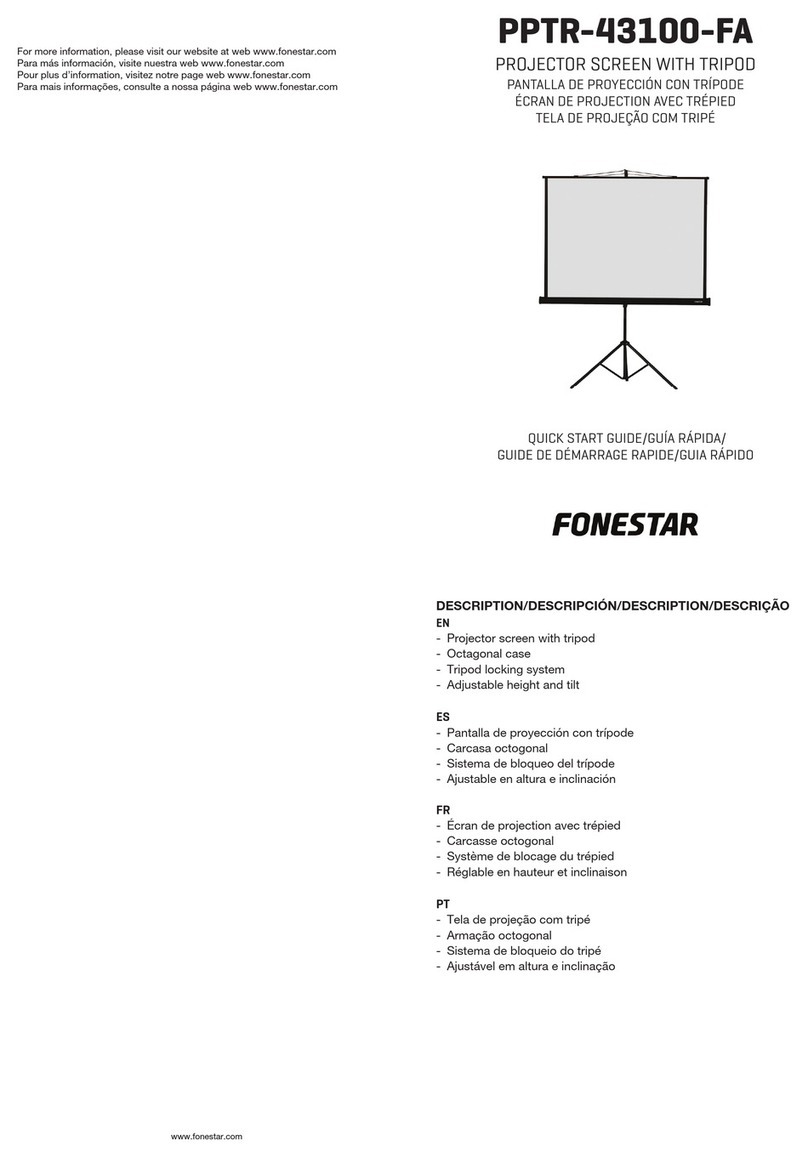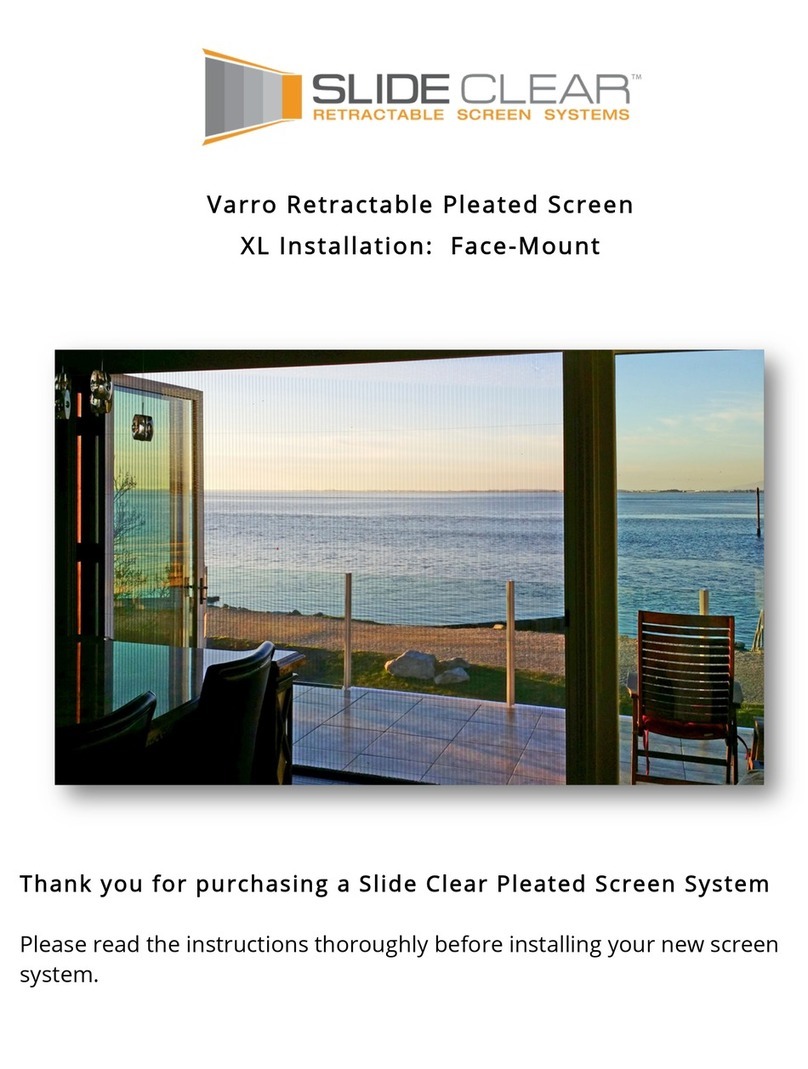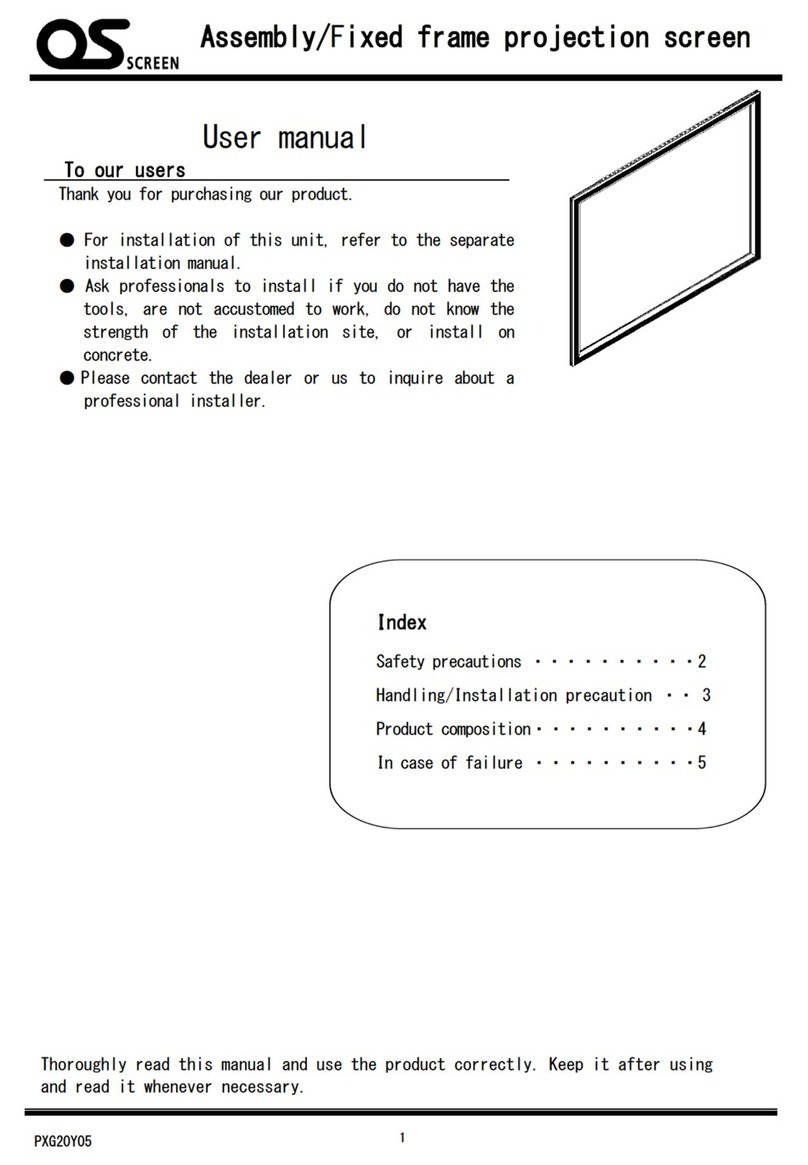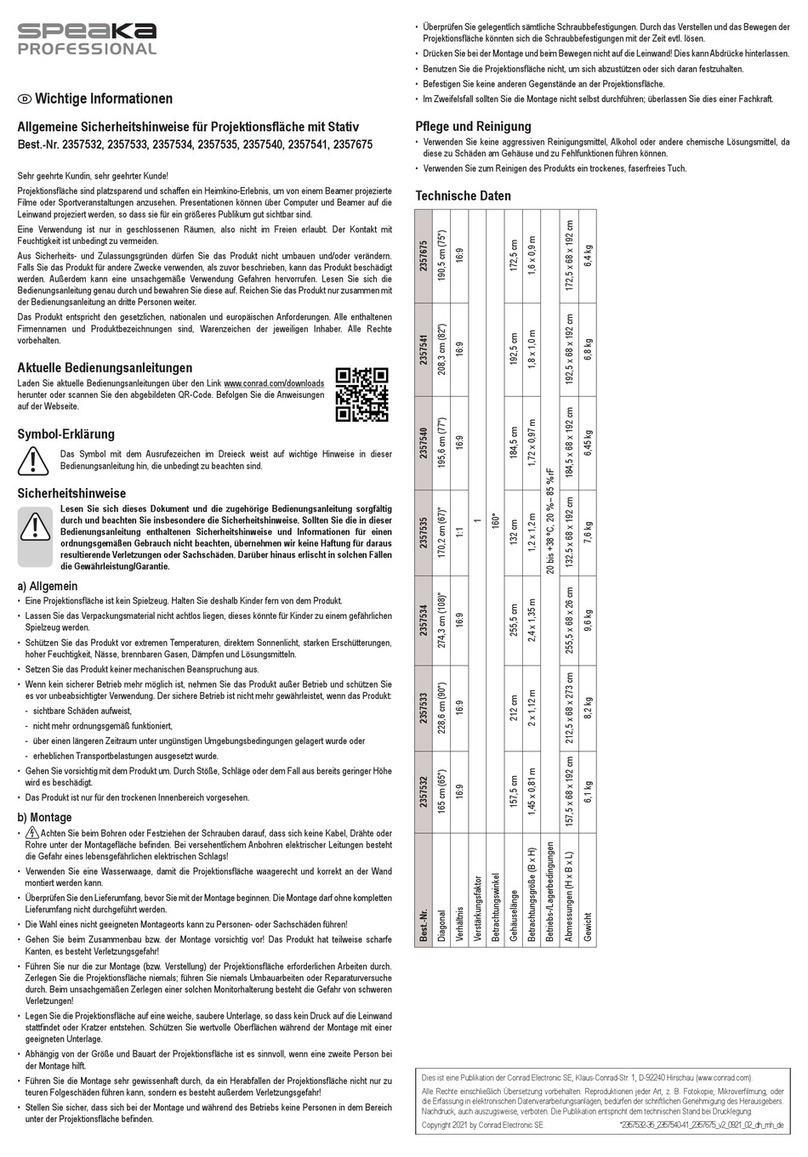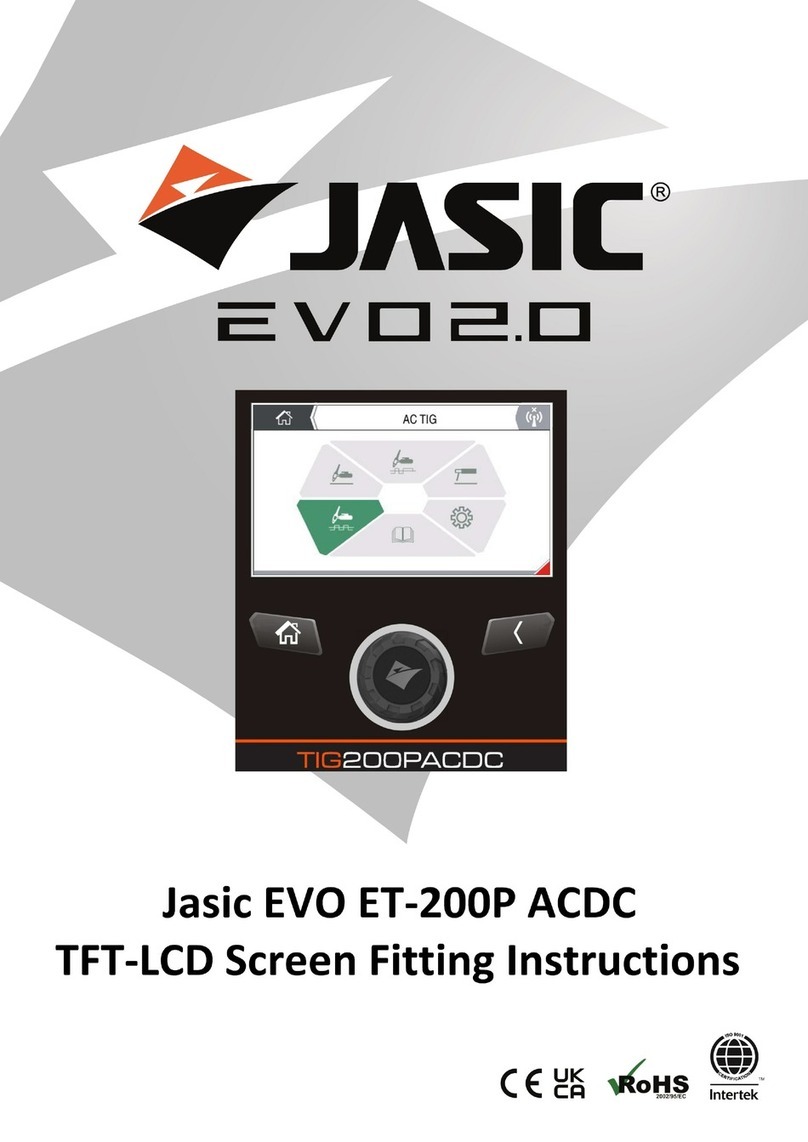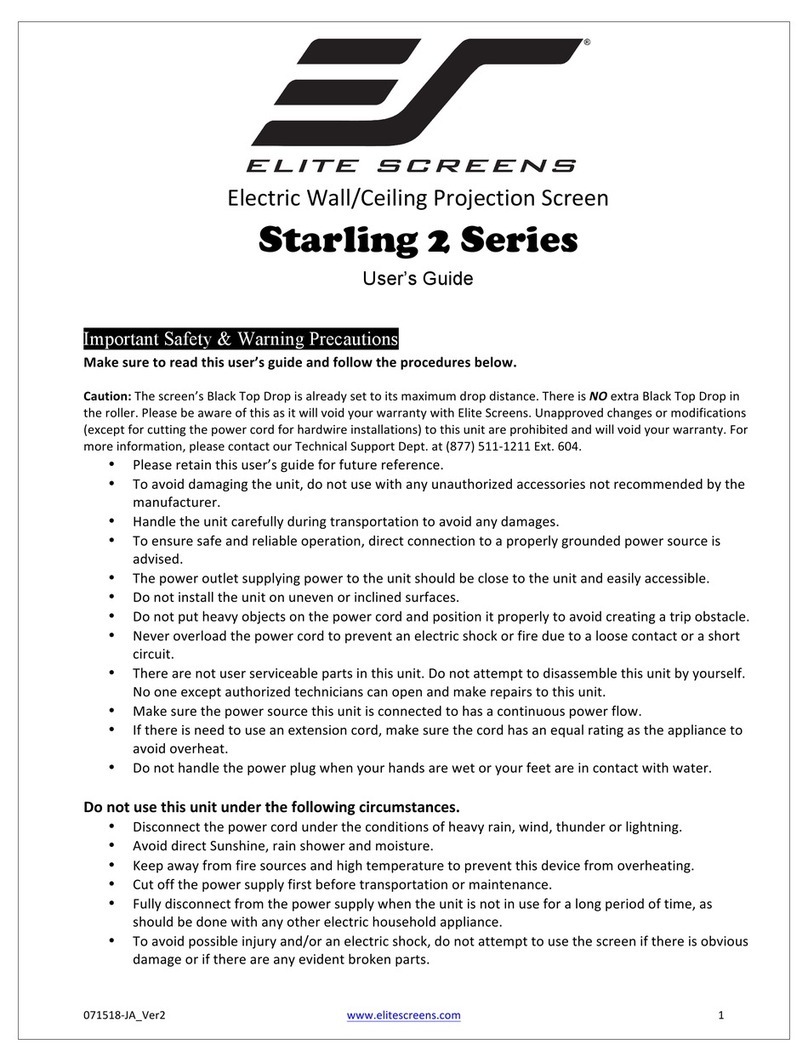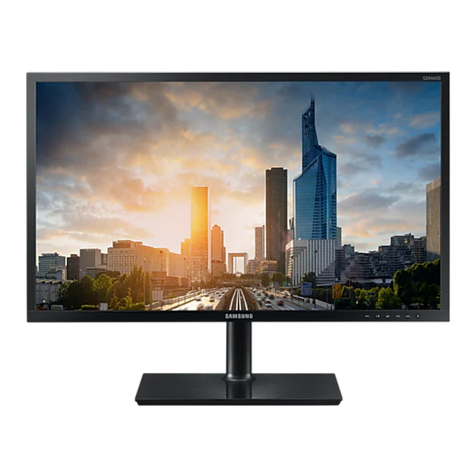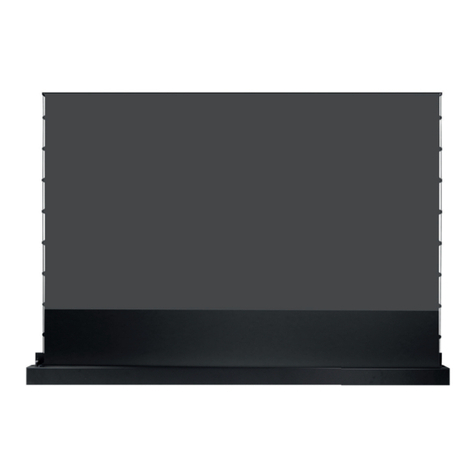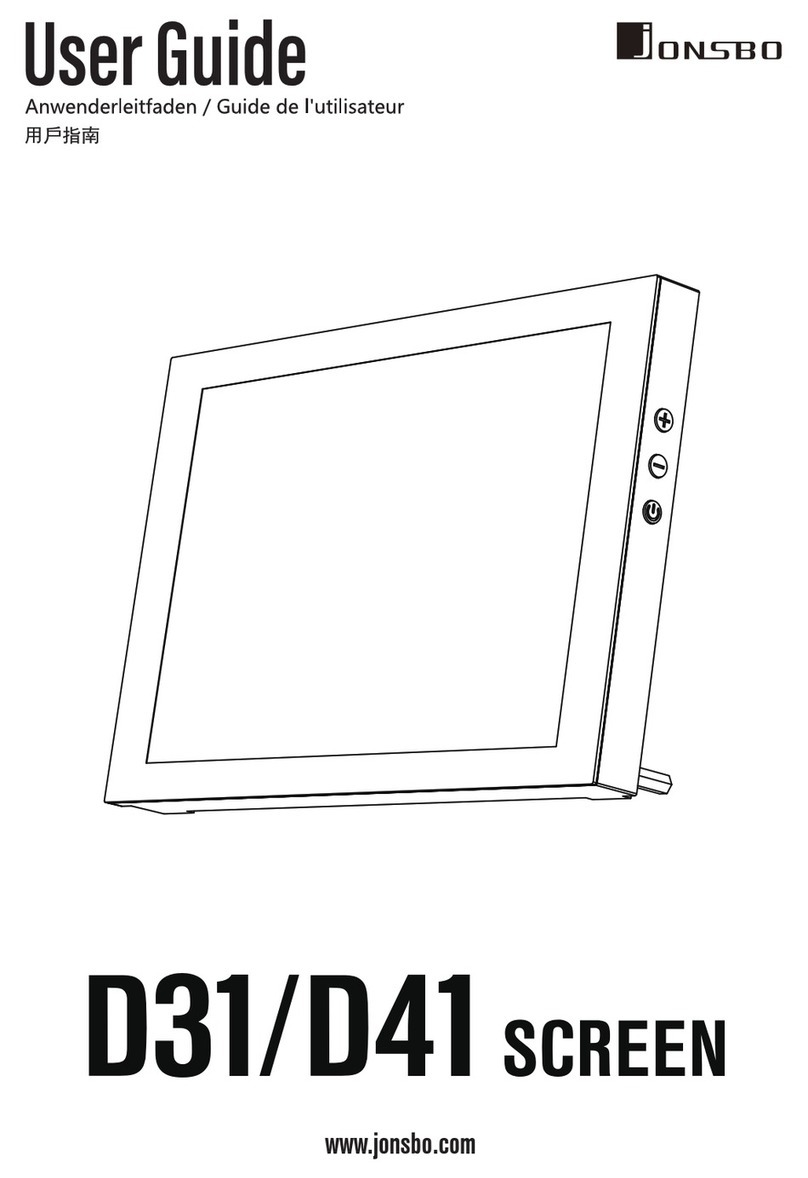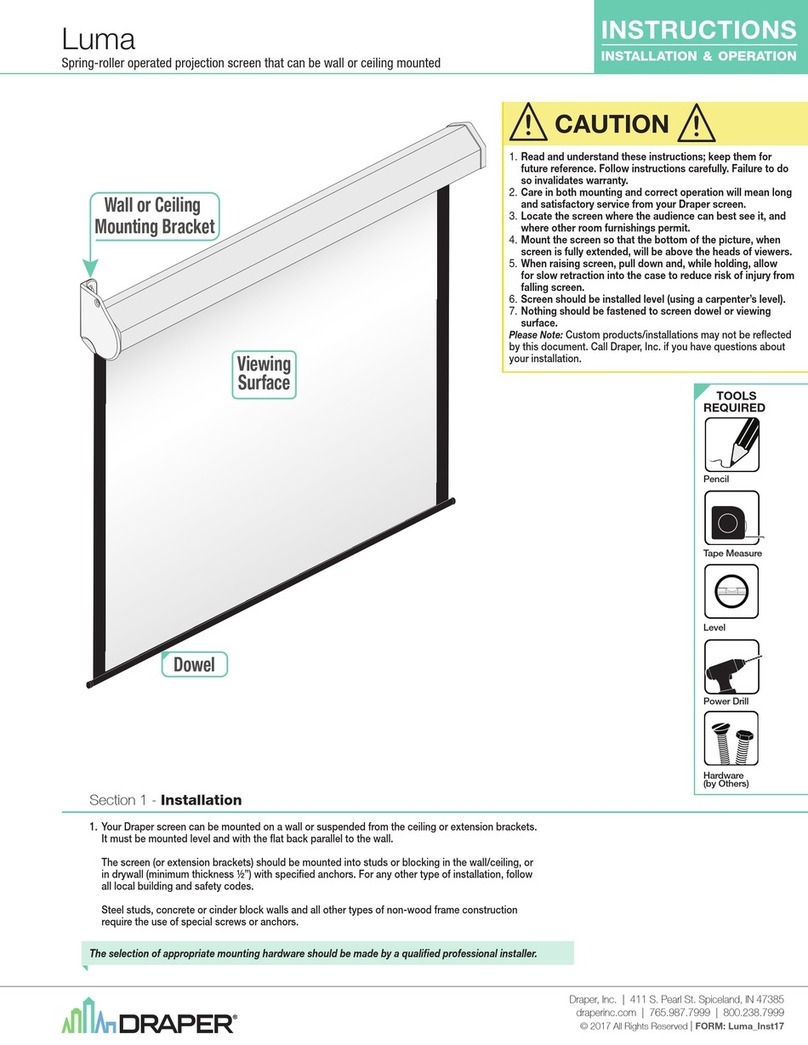RETENSIONING INSTRUCTIONS
If you feel you need more or less tension in your cassette, you may carefully follow the instructions
below to adjust tension.
1) Protect your hands with some hard-wearing gloves.
2) Lay the cassette down (side channels removed) in front of you with the sliding bar closest.
The side of the cassette with the spring is the left hand.
3) Carefully remove the left-hand end cap of the cassette.
4) Do not let go of the cassette end cap or it will spin around very fast releasing the tension,
which may cause damage or injury if hands are unprotected
5) Manually rotate the end cap until all tension is discharged.
6) Then add tension back onto the screen by turning in the opposite direction.
7) Add between 14 and 16 turns.
8) You may adjust to suit. Thicker more tacky meshs (Pet, Pollen, Midge) may require higher
tension.
9) Relocate the end cap back into the end of the cassette and push it into place.
MAINTENANCE INSTRUCTIONS
•Roller Insect screens are only deployed when the window or door is open and, therefore, the
mesh is enclosed in its Cassette and not be exposed to dirt and grime picked up typically by
fixed insect screens. This limits the amount of maintenance needed.
•Cassette and Guides are made from powder-coated aluminium and therefore, rust proof.
Depending on the installation, outdoors or indoors, they may require periodic cleaning,
wiping using a cloth and a little soapy water.
•Before use first time each season, check that the Guides (especially door bottom guide) are
clear of obstruction.
•The mesh is pvc-coated fibreglass and is weather-proof and relatively robust. Should it
require cleaning, deploy the screen fully and wipe down with a cloth and a little soapy water.
•In some environments, such as kitchens and food preparation areas, as with any system,
every so often it will be necessary to remove the whole screen in order to remove grease
and dirt which may have built up behind the screen and in between the wall and the
framework. This opportunity can be used to thoroughly wipe down the mesh by extending it
fully and to remove the polypropylene pile strips from the guides to be washed by hand in
hot soapy water.
